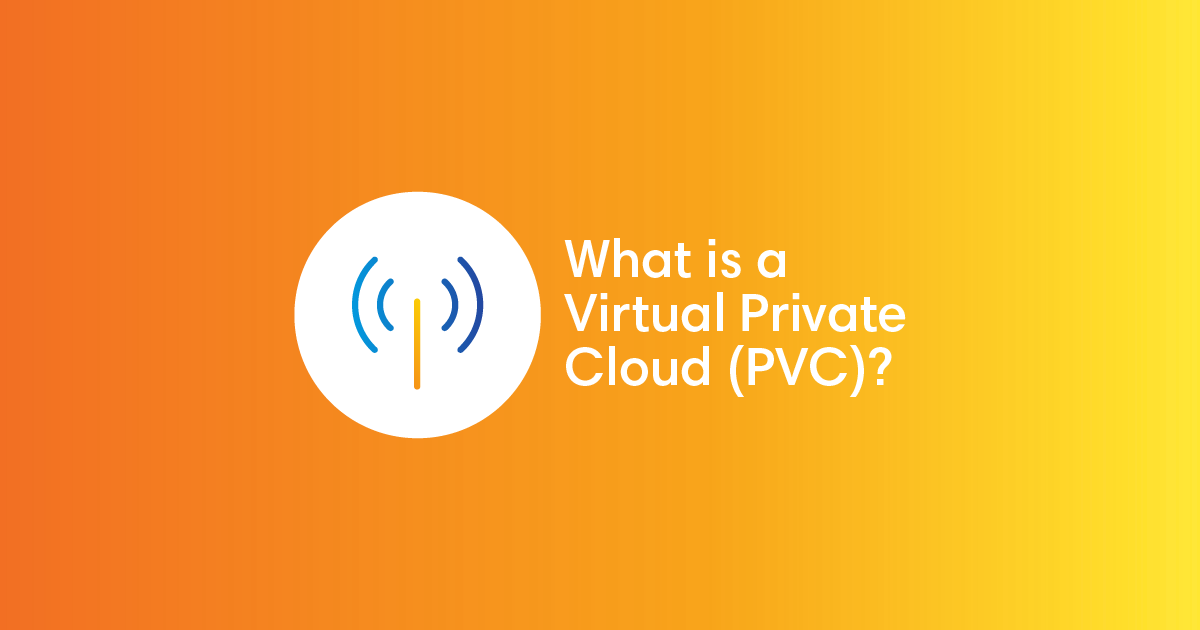
AWS Consulting for Serverless Computing
Increase your efficiency, operational simplicity, and flexibility

Serverless Computing on AWS with Mission
In addition to reducing your operational burden, serverless applications enable incredible elasticity, granular cost attribution and optimization, and accelerated development. At the same time, you have to be aware of tradeoffs, like cold starts, and architectural concerns, like if your process needs to be long running.
When you work with Mission, an AWS Premier Tier Services Partner, you can be assured we’ll help you evaluate these architectural and performance dimensions and rely on our extensive experience building and creating robust serverless computing infrastructures for our customers.
Enhance the Productivity and Reliability of Your Cloud Environment
Increased Productivity
Serverless computing can improve time-to-market by removing common infrastructure management tasks, like provisioning, patching, and maintenance.
Seamless Scalability
Leverage the deep elasticity and scalability of a serverless environment—whether your running one function an hour or 10 million, the discrete nature of a serverless architecture lets you scale effortlessly.
Lower Operational Costs
Reduce operating costs by eliminating the need to manage infrastructure and get greater granularity of cost, allowing application code itself to be optimized for cost, with much higher resolution goals for revenue and profitability.
Increased Performance
Serverless architectures enable massively parallel execution that can drastically improve user experience. By building with event-driven architecture, serverless functions can scale to massive numbers of users.
Run Code Without Provisioning or Managing Infrastructure
With AWS Lambda and the rest of the AWS serverless catalog, you can rely on AWS to operate and manage your infrastructure so you can focus on higher value business investments.
-
Compute
AWS Lambda allows you to run code without managing servers. You only pay for the compute time and memory consumed on a per-function basis.
-
Databases
Amazon DynamoDB is a fast and flexible NoSQL database service. This is ideal for applications requiring consistent, single-digit millisecond latency at any scale.
-
Analytics
Amazon Kinesis streams data and offers powerful services that make it easy to load and analyze information. It also allows you to build custom streaming data applications.
-
Systems Messaging
Mission and AWS managed cloud services simplify your ability to use Amazon SNS as a messaging service, or Amazon Simple Queue Service for message queuing.
-
Storage
Amazon Simple Storage Service (Amazon S3) provides developers and IT teams with secure, durable, and highly-scalable object storage.
-
API Gateway
Amazon API Gateway makes it easy for developers to create, publish, maintain, monitor, and secure APIs at any scale.
-
State Management
AWS Step Functions allows you to easily coordinate the components of distributed applications and microservices using visual workflows.
-
Developer Tools
Mission leverages AWS tools and services that aid in serverless application development process.
-
Diagnostics
AWS Fargate lets you focus on building applications without managing servers. AWS Fargate is compatible with both Amazon Elastic Container Service (ECS) and Amazon Elastic Kubernetes Service (EKS).
“As a result of the hard work we’ve done internally and the contributions from Mission, we’ve seen significant performance improvements in our applications and our database. Our ability to scale and our response and resolution times for issues have also improved.”
I've heard serverless systems can be hard to debug. How do you recommend making a transition to serverless if my team doesn't have much experience?
To ease your transition, start small and experiment with non-critical tasks or new, isolated features. If you’re starting with AWS Lambda, get a feel for working with the associated services and technologies, like Amazon API Gateway, Amazon ECR, and Docker. Most importantly, invest in your team. As part of all our engagements, we document what we implement top to bottom and prefer to partner so that we train teams to take over the system and are prepared to run it and build on it independently.
Does serverless mean there’s actually no server running my application?
No, though the name might imply otherwise, the distinction of a serverless service is that the servers (and their associated overhead) are rendered invisible to you as a customer of AWS. You’re no longer having to consider the common tasks associated with a “serverful” architecture, including the management, provisioning, and maintenance of servers. Every serverless service is still running on a server somewhere within the AWS ecosystem—the difference is you don’t have to concern yourself with those details, which can greatly accelerate your development, improve your cost structure, and increase your scalability. For all these reasons and more, adopting a serverless approach is considered a best practice for many types of applications.
What about cold starts? I’ve heard these can create performance issues when interacting with a serverless system.
Is serverless really a security improvement?
Definitely. By removing the infrastructural management associated with servers, a large number of vulnerabilities disappear for you, the builder, as AWS takes a larger and more expansive role within the shared responsibility. You will, of course, have to ensure your code is still secure. But serverless architectures are a powerful way to abstract away a very common set of web application security risks.
What about data persistence? Is that possible with a serverless architecture?
Yes, but with a clear caveat: with function-based services, like AWS Lambda, the functions are stateless, so you’ll have to integrate with other services for storage. But other serverless services, like RDS, can handle your database management and connect with your Lambda functions for data persistence. So while your functions may be stateless, you can still connect them to services to create stateful interactions and you can maintain an architecture that is entirely serverless while persisting data.

Get in touch
Partner With a Team of Experts in AWS Serverless Computing
Speak with a cloud advisor today to discuss how your business can benefit from AWS serverless services with Mission Cloud Elevate.



